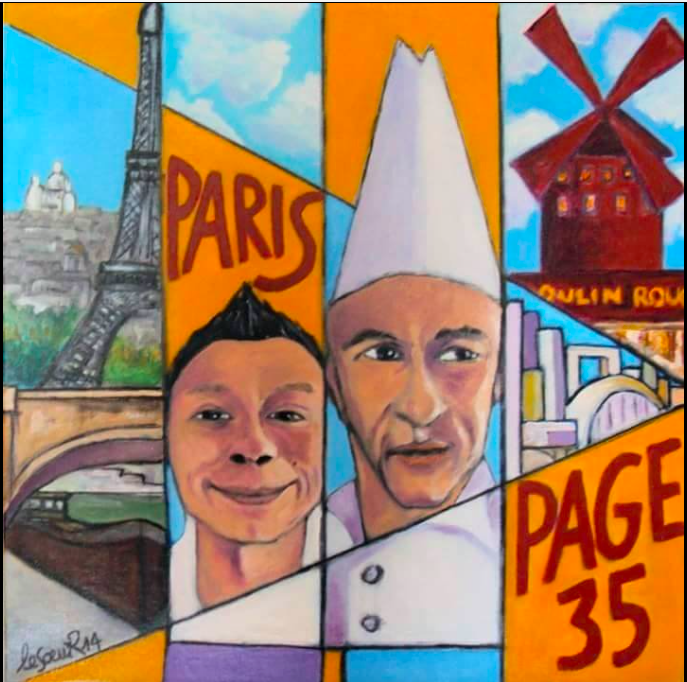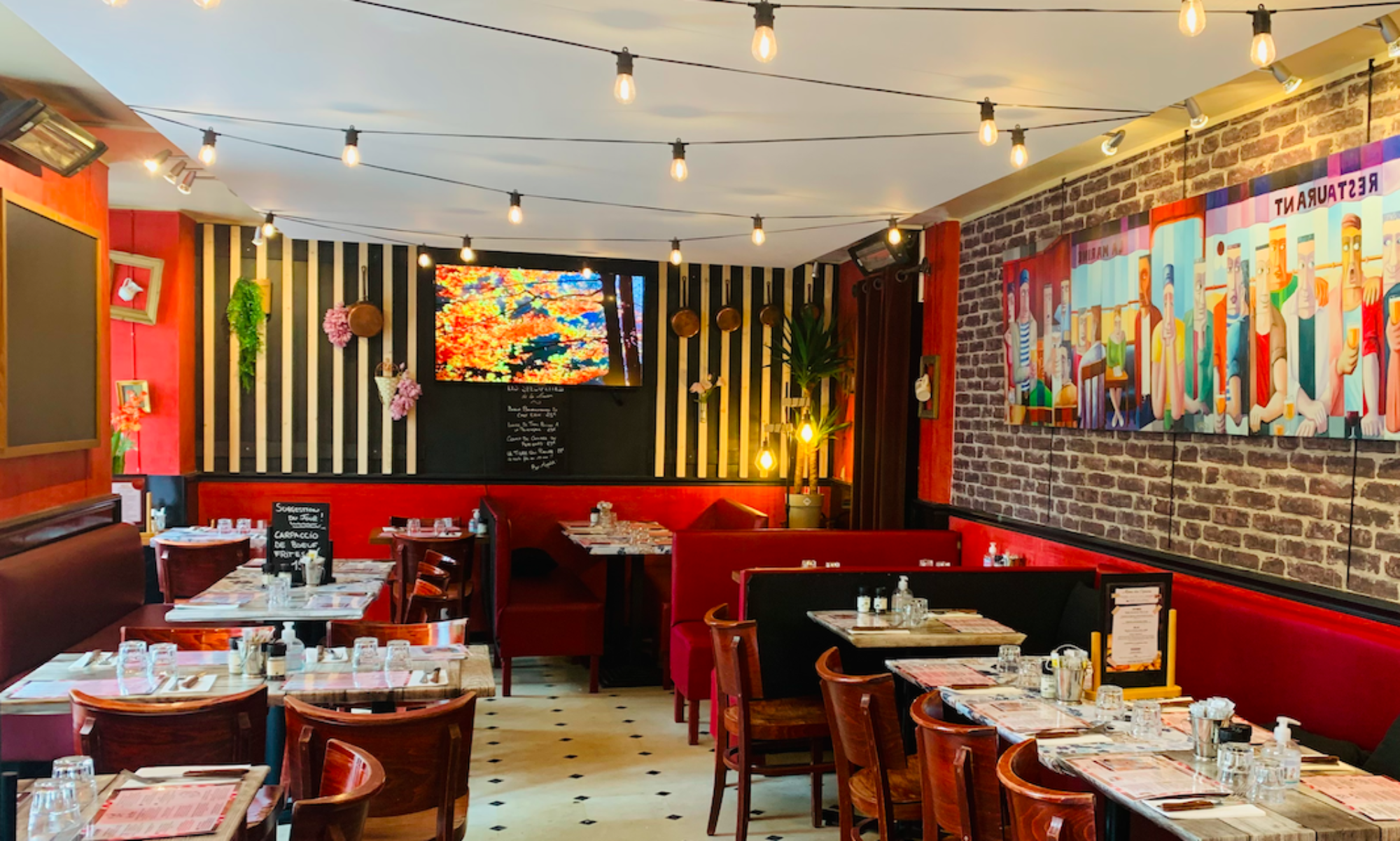
UN LIEU EMPREINT D’HISTOIRE
Avec ses couleurs chaleureuses tons sable et bordeaux, mais aussi ses tableaux aux murs, le Page 35 a d’abord été imaginé comme une vraie salle à manger. Si l’ambiance n’est jamais à la morosité c’est que cet hôtel particulier construit vers 1620 par l’architecte de Louis XIII, Jean Thiriot, a connu un célèbre occupant dont on entretient encore le souvenir: Théophile Gautier.
Le père du Capitaine Fracasse habita en effet avec ses parents au 4, rue du Parc Royal, et c’est en référence à un de ses plus beaux textes, publiés en 1835, « Mademoiselle de Maupin », qu’a été baptisé le restaurant.
Ce roman anti-conformiste et irrévérencieux vaut aussi pour sa préface proclamant avec vigueur et drôlerie l’indépendance de l’art et l’énigmatique ambiguïté de cette époque romantique.
__________________________
A PLACE STEEPED IN HISTORY
With its warm sand and burgundy tones, as well as its paintings on the walls, Page 35 was initially envisioned as a true dining room. If the atmosphere is never dull, it’s because this private mansion, built around 1620 by Louis XIII’s architect, Jean Thiriot, had a famous occupant whose memory is still cherished: Théophile Gautier.
The father of Captain Fracasse actually lived with his parents at 4, Rue du Parc Royal, and it is in reference to one of his finest texts, published in 1835, « Mademoiselle de Maupin, » that the restaurant was named.
This non-conformist and irreverent novel is also noteworthy for its preface, which boldly and humorously proclaims the independence of art and the enigmatic ambiguity of that romantic era.
